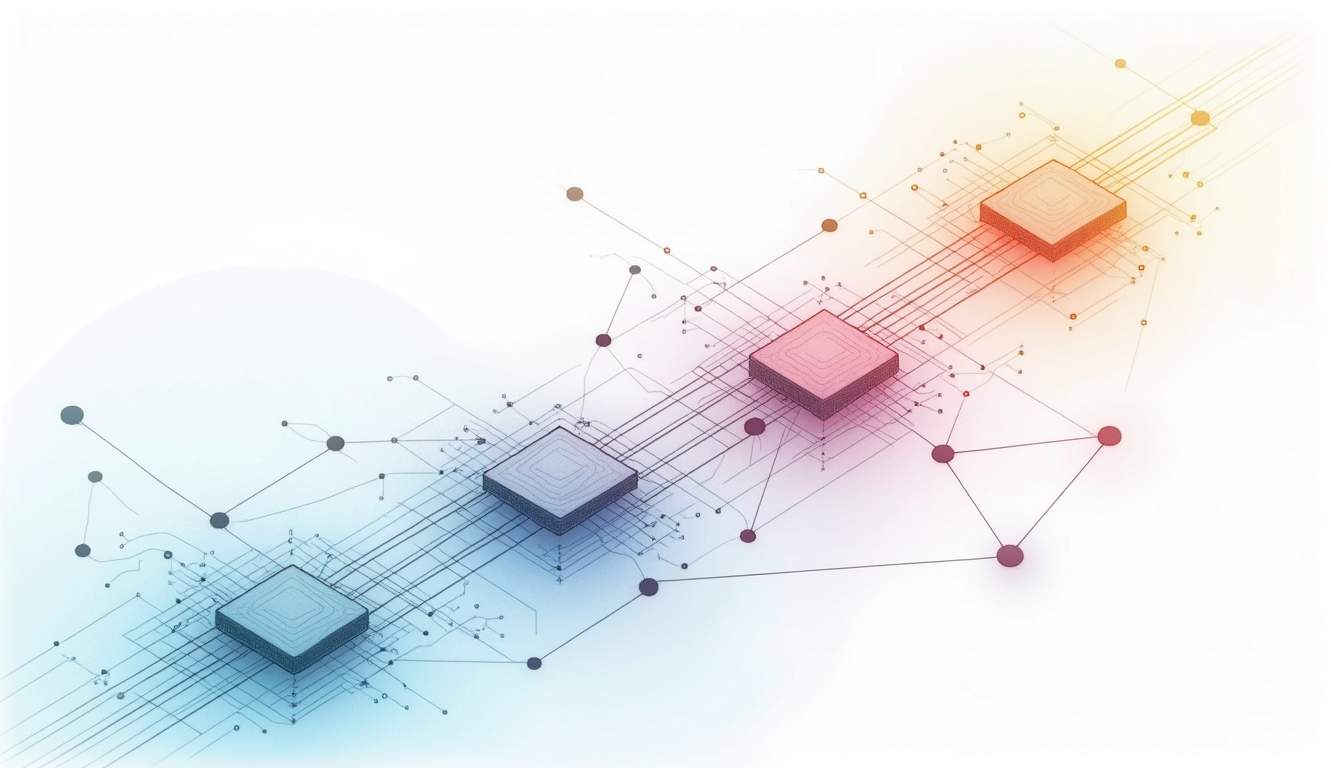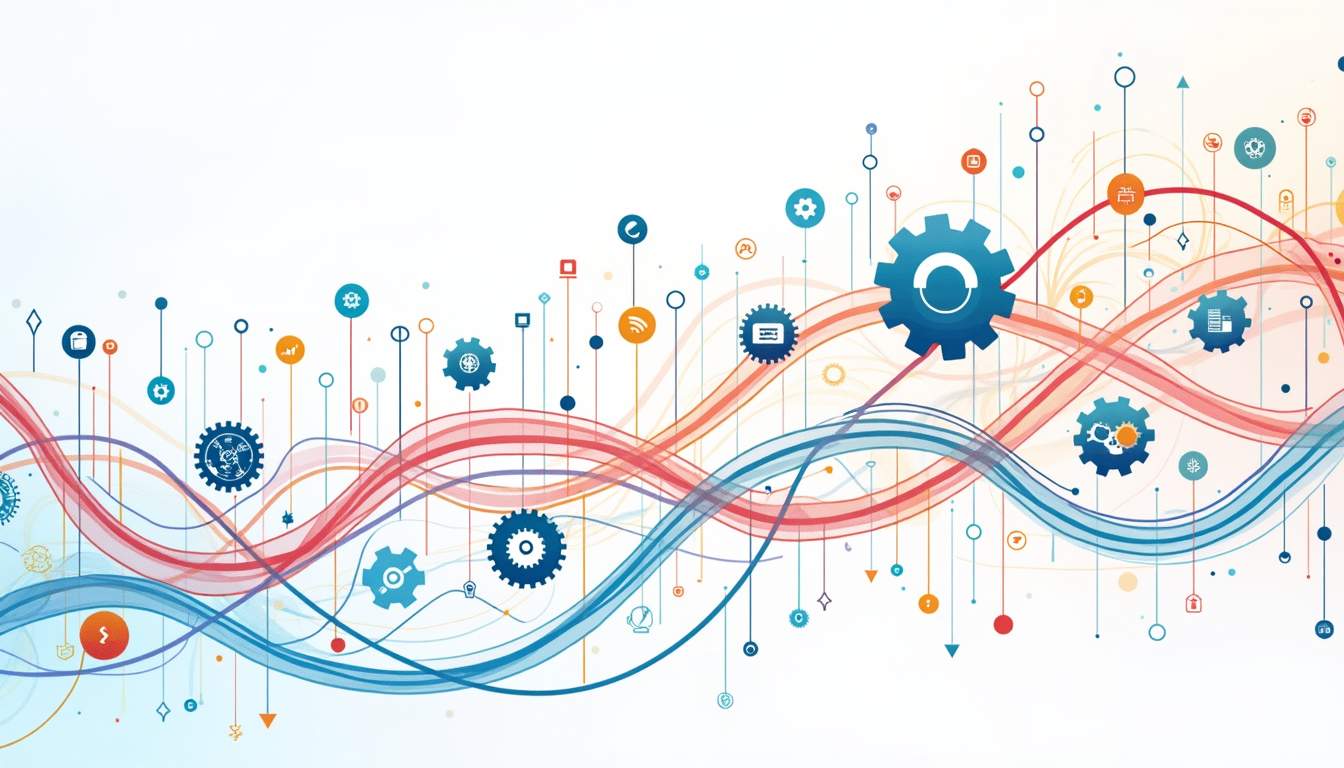Using AI to Predict Gas Spikes and Auto-Route RPC Calls
In the rapidly evolving world of Web3 and blockchain applications, managing network performance and costs is a critical challenge. Gas price volatility and RPC (Remote Procedure Call) reliability can significantly impact user experience and operational expenses. Leveraging artificial intelligence (AI) to predict gas spikes and intelligently auto-route RPC calls offers a promising solution to these issues, enhancing both efficiency and reliability for decentralized applications (dApps).
Understanding Gas Spikes and RPC Calls in Blockchain
What Are Gas Spikes and Why Do They Matter?
Gas fees are the transaction costs required to execute operations on blockchain networks like Ethereum. These fees fluctuate based on network demand, often leading to sudden gas price spikes during periods of high activity. For developers and users alike, unpredictable gas costs can result in delayed transactions, increased expenses, and a degraded user experience.
Gas spikes are especially problematic for dApps that rely on timely and cost-effective transactions. Without anticipating these fluctuations, applications may face increased operational costs or fail to process transactions promptly, undermining user trust and engagement.
The Role of RPC Calls in Blockchain Infrastructure
RPC calls serve as the communication bridge between blockchain nodes and applications. They enable dApps to read blockchain data, submit transactions, and interact with smart contracts. However, RPC endpoints can experience downtime, latency issues, or throttling, especially under heavy load or network congestion.
Maintaining reliable RPC connectivity is crucial for ensuring smooth dApp performance. Downtime or slow responses from RPC providers can lead to transaction failures, increased latency, and ultimately lost users. Therefore, managing RPC calls effectively is as important as handling gas fees.
How AI Enhances Gas Price Prediction
Leveraging Machine Learning for Gas Forecasting
Artificial intelligence, particularly machine learning models, can analyze historical blockchain data, network activity, and transaction patterns to forecast gas price trends. By processing vast amounts of data in real-time, AI models detect early signals of impending gas spikes, enabling proactive adjustments in transaction strategies.
For example, AI can predict when gas prices are likely to surge based on factors such as network congestion, pending transaction volume, and recent price volatility. This foresight allows dApps to schedule transactions during lower-cost periods or adjust gas limits dynamically, optimizing cost-efficiency.
Benefits of Predictive Gas Management
Integrating AI-driven gas prediction into blockchain applications offers several advantages:
- Cost Savings: By avoiding high gas fee periods, dApps can significantly reduce transaction expenses, benefiting both developers and users.
- Improved User Experience: Predictive insights enable smoother transaction processing with fewer delays or failures caused by gas price spikes.
- Strategic Transaction Scheduling: Applications can queue or batch transactions intelligently, minimizing network impact and maximizing throughput.
Auto-Routing RPC Calls: Enhancing Reliability and Performance
What is RPC Auto-Routing?
RPC auto-routing is an advanced technique where blockchain applications dynamically select the best RPC endpoint from multiple providers based on real-time performance metrics such as latency, availability, and cost. Rather than relying on a single RPC provider, auto-routing distributes requests intelligently to optimize reliability and speed.
This approach addresses common pain points like RPC downtime, throttling, and uneven load distribution, which can severely affect dApp responsiveness and stability.
AI-Powered Auto-Routing for Optimal RPC Selection
Incorporating AI into RPC auto-routing takes this concept further by enabling predictive decision-making. AI algorithms continuously monitor RPC endpoints, analyzing factors such as response times, error rates, and network conditions. Using this data, the system anticipates potential outages or performance degradation and proactively reroutes calls to healthier endpoints.
This predictive auto-routing ensures that RPC calls are always directed to the most reliable and cost-effective provider, minimizing downtime and latency. It also supports multi-provider redundancy, a strategy proven to enhance blockchain infrastructure resilience.
Multi-Provider RPC Routing: The Future of Web3 Infrastructure
Multi-provider RPC routing, often facilitated by blockchain RPC aggregators, is becoming the standard for scalable and reliable Web3 applications. By integrating multiple RPC providers, dApps avoid the risks associated with single-provider dependence, such as service outages or price hikes.
AI-driven routing further optimizes this setup by dynamically balancing load and failover across providers, ensuring continuous service availability and performance. This approach not only improves user experience but also offers cost optimization by selecting providers based on pricing and performance metrics.
Practical Applications and Benefits for Web3 Developers
Reducing Costs and Avoiding Downtime
Startups and established projects alike face the challenge of managing RPC costs and uptime. AI-powered gas prediction combined with auto-routing can reduce RPC-related expenses by up to 40%, according to recent industry analyses. By forecasting gas spikes, applications can avoid executing expensive transactions during peak times, while auto-routing ensures RPC calls do not fail due to provider outages.
This dual strategy addresses two of the most significant pain points in blockchain infrastructure: unpredictable gas fees and unreliable RPC connectivity.
Scaling Blockchain APIs Efficiently
As dApps scale to handle millions of API calls, maintaining performance without breaking the budget becomes critical. AI-driven auto-routing supports this scalability by orchestrating API requests across multiple cloud regions and providers, reducing latency and distributing load effectively.
For example, integrating multi-cloud proxies (MCPs) with AI auto-routing enables Web3 applications to leverage global infrastructure, ensuring fast and redundant RPC access regardless of user location. This multi-region routing reduces latency and enhances user experience worldwide.
Improving Developer Experience and Application Resilience
Developers benefit from AI-powered tools that abstract the complexity of managing multiple RPC endpoints and gas price volatility. Automated routing and predictive gas management simplify application logic, allowing teams to focus on core features rather than infrastructure challenges.
Moreover, this approach builds resilience into dApps, reducing the risk of transaction failures and service interruptions. It aligns with best practices for blockchain infrastructure, emphasizing redundancy, cost optimization, and performance.
Looking Ahead: The Future of AI in Blockchain Infrastructure
From RPC to Multi-Cloud Proxies and Beyond
The evolution of blockchain infrastructure is moving towards increasingly sophisticated solutions like Google’s Multi-Cloud Proxy (MCP) and advanced RPC aggregators. These platforms integrate AI-driven routing and orchestration to provide seamless, scalable, and reliable blockchain access.
AI will play an even greater role in managing the complexities of decentralized networks, from predicting market-driven gas fluctuations to orchestrating API calls across diverse cloud environments. This convergence promises to unlock new levels of efficiency and reliability for Web3 applications.
Embracing AI for Competitive Advantage
Projects that adopt AI-powered gas prediction and RPC auto-routing early will gain a competitive edge by delivering superior user experiences at lower costs. As the blockchain ecosystem matures, these technologies will become essential components of robust, scalable, and cost-effective dApps.
Developers and infrastructure providers should prioritize integrating AI-driven solutions to stay ahead in the dynamic Web3 landscape, ensuring their applications remain performant and resilient amid growing demand and complexity.
Conclusion
Predicting gas spikes and auto-routing RPC calls using AI represents a transformative approach to blockchain infrastructure management. By combining real-time analytics, machine learning, and multi-provider redundancy, Web3 applications can significantly reduce costs, improve reliability, and enhance user satisfaction.
As blockchain networks continue to grow and evolve, leveraging AI for intelligent infrastructure orchestration will be key to overcoming operational challenges and unlocking the full potential of decentralized technologies.
Ready to take your Web3 development to the next level? With Uniblock, you can effortlessly manage your blockchain infrastructure, ensuring maximum uptime, minimal latency, and cost savings. Join over 2,000 developers on more than 100 chains who are already experiencing the ease of Uniblock's single API endpoint for auto-routing RPC, API, and webhook traffic. Say goodbye to vendor lock-in and scale your projects with confidence. Start building with Uniblock today and focus on what you do best—creating innovative dApps, tooling, and analytics—while we handle the complexities of decentralized infrastructure for you.
.svg)






